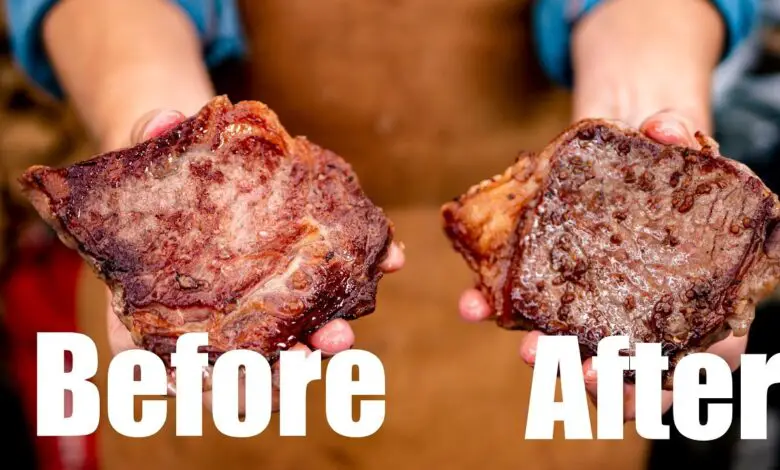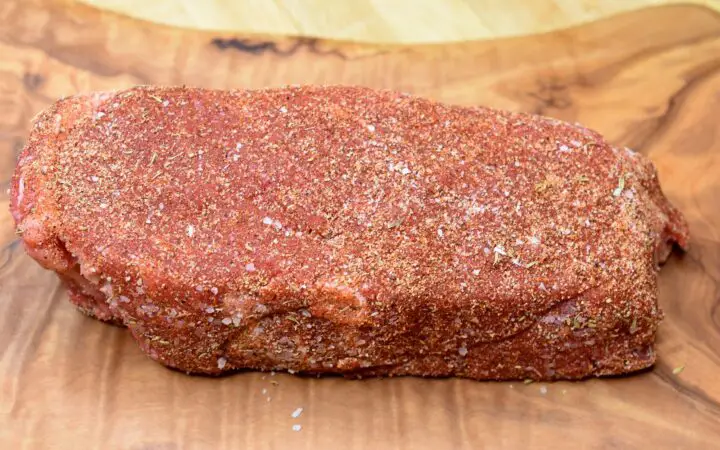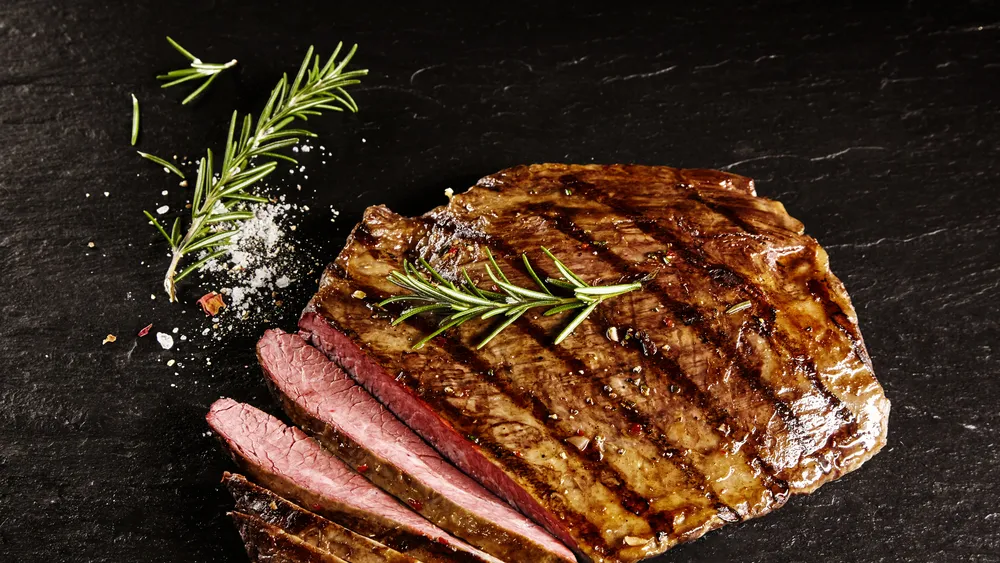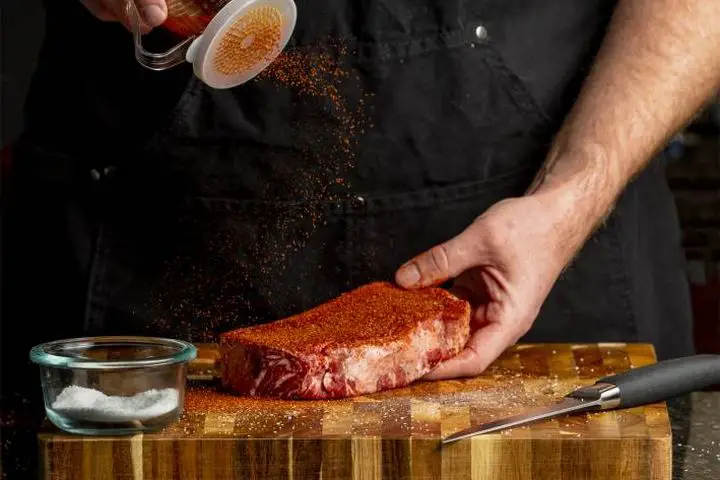How to Season Your Steak Before Grilling

Steaks are an incredible main dish. You can serve them up to be as high class or as simple as you want. A steak is perfect when barbecued, regardless of whether the side dish is just french fries or something you would only get by spending much more money. And barbecuing the steak first, the char and smokiness added can only make the lunch or dinner even better!
Before you can actually make an entire dish, though, you need to season it first. Too little seasoning, and the only thing you’d be able to taste is the flavourless beef. Too much, and you’re left with an overwhelming mouthful of salt, spice, or whatever other seasonings you’ve put into it. Getting the right amount of seasonings and the right types is one of the most important parts of grilling, alongside knowing what heat you need. A well-seasoned steak doesn’t need any side dishes if it tastes great.
If you’re interested in trying out a few new rubs or sauces for the next time you want to whip up a steak dinner, you can visit dicksonbbq.com to check out the selection and much more. This article also has a few ideas for marinades, rubs, or sauces that you can make yourself.
Pick the seasonings you like

When it comes to seasoning your steak, you can use all sorts of different ingredients for it. It can be sweeter, spicier or even as complex as you’d like it. In many cases, barbeque lovers often use fewer spices or even just salt and pepper to season their steak before grilling them. At the end of the day, you should always season the steak with whatever ingredients you and your family would like.
As mentioned, one of the more common seasoning mixes is simply salt and pepper. However, you can also try pink salt and white pepper or any other type of variation. Many people also frequently prefer to use a rub or make a more cultural seasoning blend. What truly matters when you barbecue steak is that the people that eat it actually enjoy it.
What flavours pair best with beef?
Rosemary

One of the herbs that many chefs and barbeque lovers frequently use when seasoning steak and other beef cuts is rosemary. Rosemary has been said to give a flavour not all that different from pine. That taste, when paired with thicker and more greasier cuts of beef, tends to cancel out some of its heaviness. Rosemary is also a stronger herb, so be a little more careful when it comes to using it in seasonings.
Thyme
Another type of herb that’s frequently used more often in seasoning for beef dishes, thyme has been used just as often as rosemary. To many people that use thyme in seasonings, the herb has been known to give a mintier flavour. When used with beef, it can be easier to make steaks less heavy and overwhelming to the stomach. It can add a touch of pepper and sweeter hints as well, making thyme much easier to blend with other herbs and spices.
Bay leaves
As a common part of Mediterranean and South Asian cuisine, bay leaves are a common ingredient used in many marinades and seasonings. The leaves have quite a strong flavour and can be crushed up and powdered to be mixed into a rub or mixed whole – either fresh or dried – into a marinade. You can even get different kinds of bay leaves depending on what’s imported or whether it grows locally.
When fresh, bay leaves are usually more bitter and pungent. Dried bay leaves, on the other hand, are less bitter and frequently tend to have similar tastes to thyme or oregano. While they’re commonly sold dried, both types are great for beef since the flavours can cut through the heavy fattiness of a steak.
If you plan on using bay leaves for rubs or marinades, keep in mind that two fresh bay leaves can be substituted for one dried bay leaf and vice versa.
Use different kinds of oil for more flavour
Another way you can add a bit more flavouring to your steak before grilling it is to use a different type of oil. While certain kinds of oils are used for health reasons when cooking, each one has its own flavours. For example, olive oil is commonly used in both Italian and a number of Mediterranean dishes, many of which taste vastly different from food with or cooked in vegetable or canola oil. Some of the more popular Chinese and Japanese dishes also use peanut oil, which makes them far more unique.
Many of these different oils – like avocado and sunflower oil – also have higher smoking points. This allows them to be able to withstand much higher heat before burning. When used to prevent the steak from sticking to the grate, the oil you use can also add its flavour. So, choosing the right kind of oil that suits your steak’s seasonings can make it better.
Rubs vs marinades

Before you go ahead and make a rub or a marinade for your steak, you should know what each does – especially if you haven’t used one before.
Many rubs are typically dry, with no wet ingredients to add any extra moisture. This doesn’t mean that dry rubs will make your steak dry as well. The salt in the rub will draw out some moisture to form a crust when grilled, but the meat inside still remains juicy. If you’re using a rub, simply rub it into all sides of the steak and let it sit in the fridge for 15 minutes to 2 hours to let the seasonings sink into the meat.
Marinades – and some sauces, by extension – have more wet ingredients to aid in properly seasoning the steak. While you can add tenderizing powder to a dry rub to make the steak softer, many marinades have a mildly acidic ingredient in addition to powdered seasonings like lemon juice or vinegar to both add flavour and tenderize the meat. All that’s needed to season the steak with a marinade is to properly coat all sides then let it sit in the fridge for 30 minutes to an hour minimum.
Takeaway
Once you’ve picked all your seasonings and mixed them together into a rub or a marinade and applied it to your steak, all that’s left is to fire up the barbecue. As mentioned before, rubs typically form a crispy crust when grilled, but a marinade will more than likely add a bit more moisture to the steak. Whichever one you choose to use, however, ensures that you steak will come out well seasoned and delicious.

